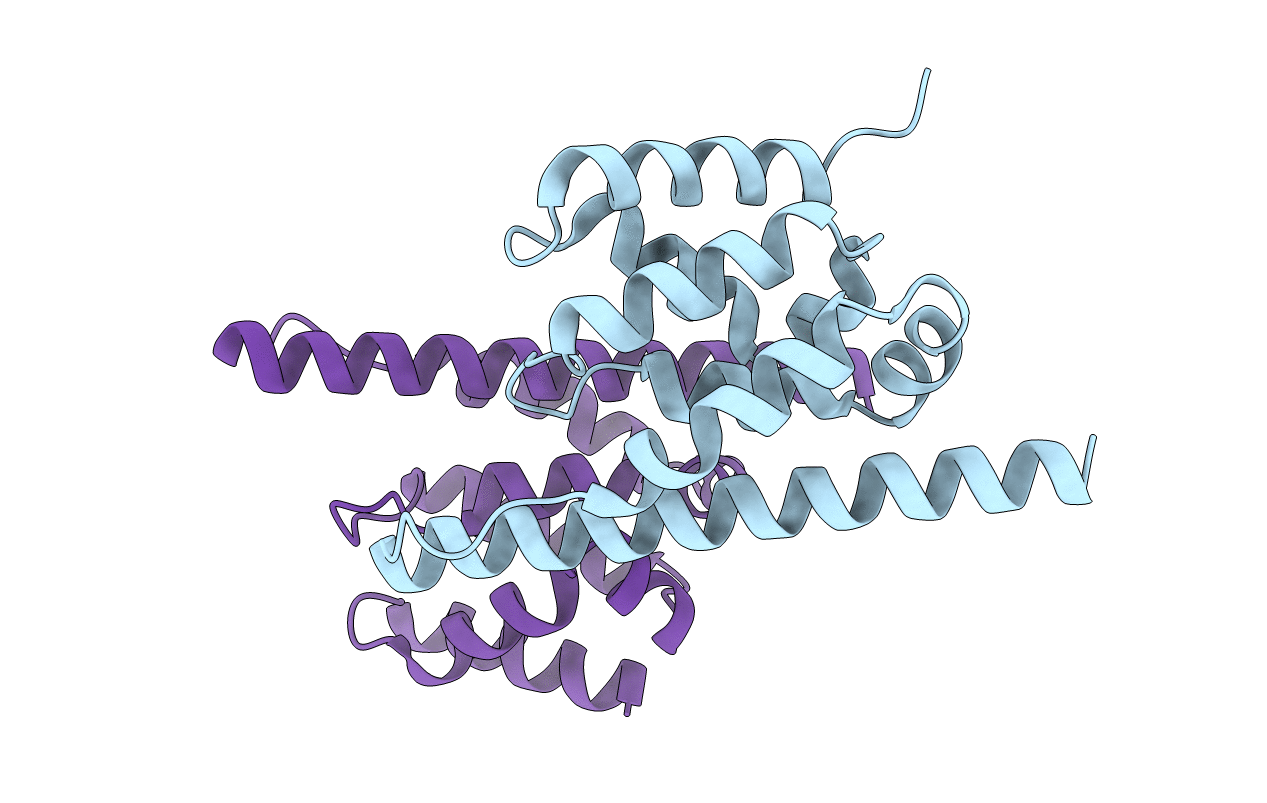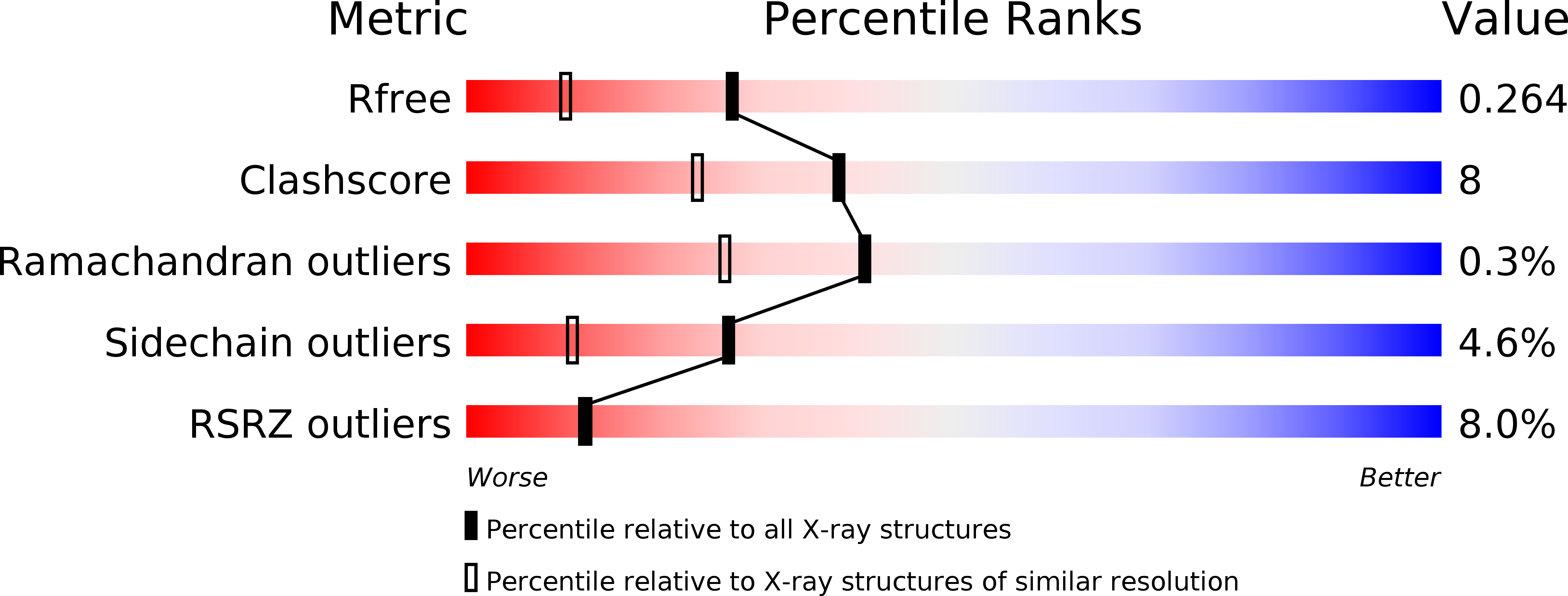
Deposition Date
2010-06-10
Release Date
2010-10-13
Last Version Date
2024-10-30
Entry Detail
PDB ID:
3NFQ
Keywords:
Title:
Crystal structure of the conserved central domain of yeast Spn1/Iws1
Biological Source:
Source Organism:
Saccharomyces cerevisiae (Taxon ID: 4932)
Host Organism:
Method Details:
Experimental Method:
Resolution:
1.85 Å
R-Value Free:
0.26
R-Value Work:
0.20
R-Value Observed:
0.20
Space Group:
P 21 21 21


